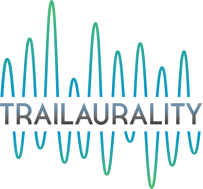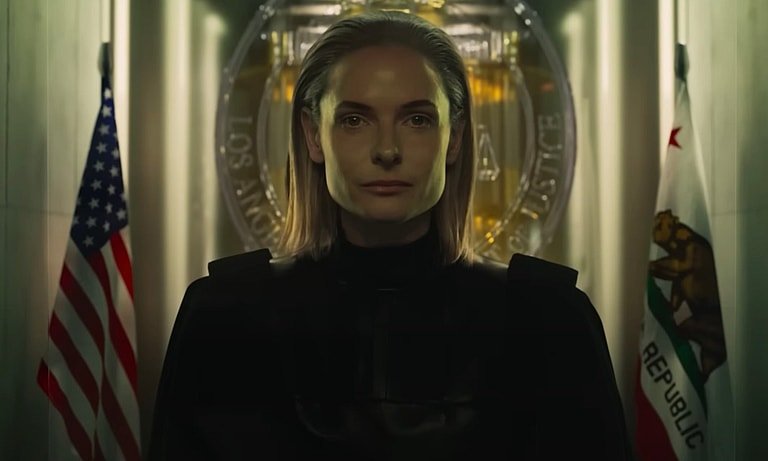Guest Post: An Introduction to Epic Trailer Music Production
/by Manu Malik
What started as music specifically composed for Hollywood blockbuster movies has now become its own genre. Epic trailer music can be described as modern orchestral music that incorporates sound design, synth sounds and booming percussion to stimulate emotions. There are numerous companies that produce high quality virtual sound libraries that can be used by composers to bring their compositions to life. The companies that create orchestral sound libraries meticulously record world-class orchestras in studios that are acoustically built to capture the audio characteristics of the instruments. This provides composers with the ability to create authentic cinematic music within a digital audio workstation environment.
The basic structure of a trailer music cue has three main sections (acts) of roughly equal length followed by a conclusion (tail), which is approximately half as long as one of the main sections. Following this formula, a cue with main sections each having a length of forty seconds and a twenty second tail, totals two minutes twenty seconds in length, the maximum allowed theatrical trailers. Each of the sections in a trailer music cue have defining characteristics – it should be very obvious to the listener when one section ends and the next one begins.
In Section 1, the mood of the cue is established (and may be extended and even have its own intro). This can be achieved by having the lead instrument, such as a solo violin, play the main melody, or by using an ambient synth to play the main chord structure, or by introducing the theme of the cue in a strategic manner that will allow for it to be further developed in subsequent sections. In this first section, the percussion and bass sounds are either very minimal or not present at all. Rhythmic phrases, such as string ostinatos, should be used carefully because using them in this section can cause the energy of the cue to plateau prematurely. This is definitely the section of the cue that has the least amount of energy and it often contains mid-frequency sounds which peak around the 500Hz range.
As the music transitions into Section 2, there should be an immediate increase in energy and some tension or anticipation should start to build. Introducing elements such as low-end percussion or a rhythmic chord phrase would be a good start. Some layering of sounds can also provide texture. This will result in an RMS (root mean square) level increase of approximately ten percent. An RMS meter is critical for measuring the overall loudness and energy level.
The cue will then proceed to drastically increase in energy as Section 3 begins. This is where nothing is held back and all of the elements which were presented in the first two sections are fully developed. All of the percussion, orchestral and synth sounds (possibly with added choir) should culminate with as much energy as possible. This is also the section where there should be different patterns of movement, such as counter melodies, within each of the frequency ranges. Act 3 should end with a grand finale which dissolves into the tail, which frequently trails off.
After all three sections and the tail have been recorded, there should be some additional sound design work done to add definition to the section transitions along with some additional energy. The cue then enters the mixing and mastering process to increase the overall loudness by decreasing the dynamic range while preserving the sound quality of the music. This should be done very carefully because decreasing the dynamic range excessively to increase loudness can result in a squashed sound which will significantly decrease the expressive quality of the orchestral instruments.
Stay tuned! Trailaurality will feature further blog posts on production, including orchestrating and arranging as well as mixing and mastering. Hear Manu Malik's trailer music demos here.







